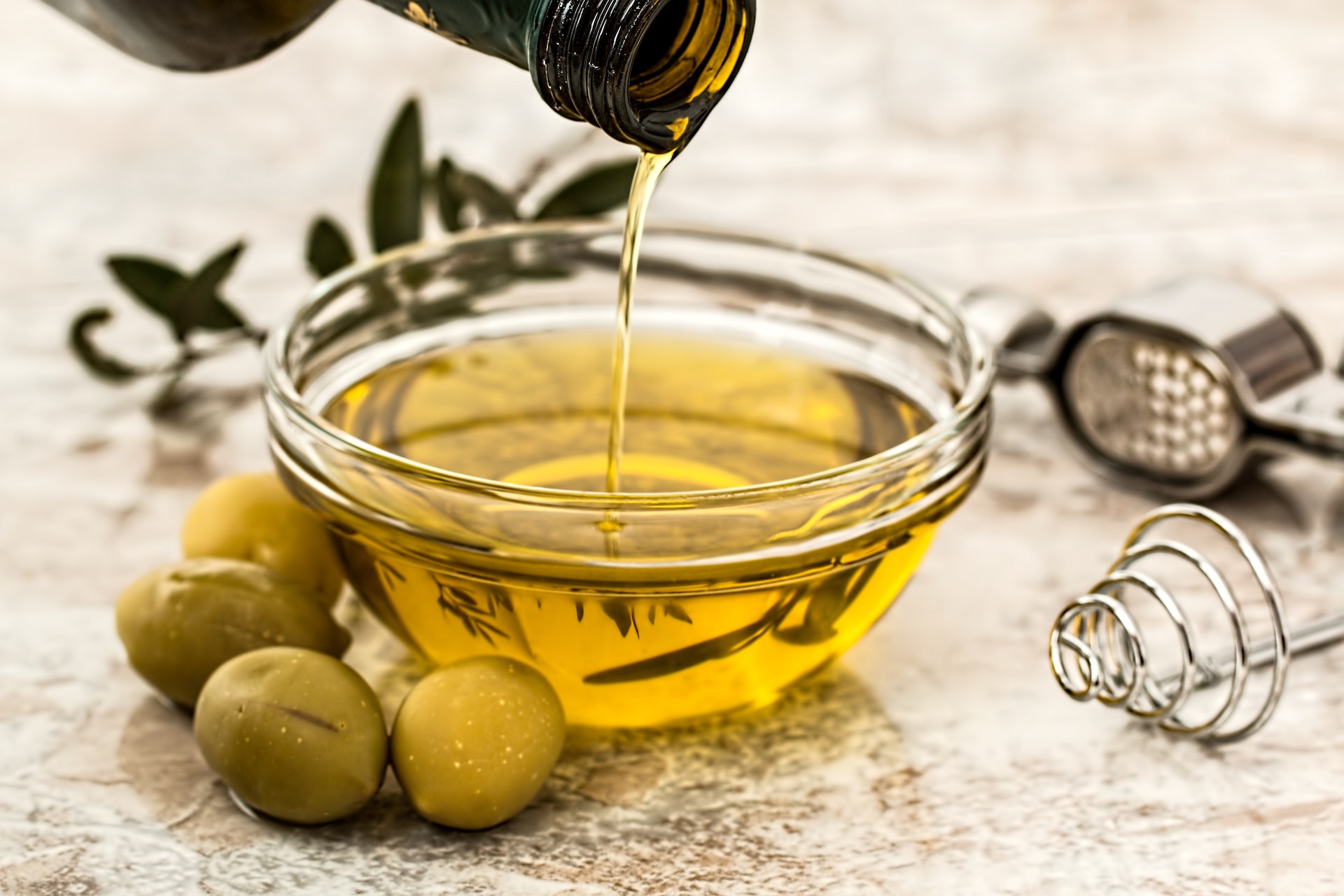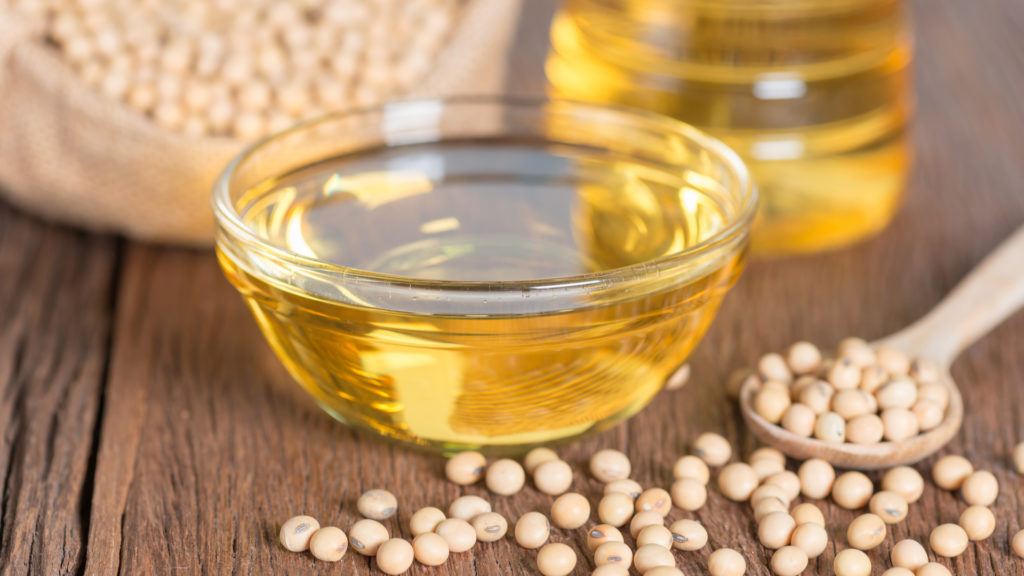As medical professionals we know that oils and fats get a bad reputation: they are fattening, increase cholesterol, raise blood pressure, cause cardiovascular disease, and more. All true, but with some caveats. Like everything in nutrition, it depends on both quality and quantity. We are going to explain why our bodies cannot do without oils and which one is the best for our health.
Besides enhancing the taste of food, oils and fats in the diet have several vital functions in the body: they provide and store energy, are components of the cell membrane and nerve sheaths, are part of the essential structure of certain tissues, and also provide vitamins A, D and E.
What would a good salad be without olive oil? The virtues of the Mediterranean diet have been widely documented in many studies. One of the main reasons is the use of vegetable oils such as olive oil as a mainstay in its cuisine.
However, globalisation has also reached the kitchen. For example, don’t you love curry with coconut cream?
But do you really know what you are eating?
Visible and hidden fats: recommended daily allowances
Fat should not contribute more than 30% of the total caloric value of what we eat in a day. This percentage should include both visible fat (oils for cooking or seasoning, butter or margarine) and invisible fat (fat present in meat, fish, dairy products, nuts, etc.).
With the increase in consumer purchasing power during the 20th century and access to new food sources, the consumption of animal fats has grown globally. This has also led to an increase in cholesterol levels in the population through the intake of “invisible” saturated fats, ones that are solid at room temperature.
The increased consumption of room temperature solid fats has led to an increase in cholesterol levels, even in countries with a Mediterranean diet.
But there is a way to eat less solid fats by selecting lean parts of the meat, as saturated fats are quite localised and visible, i.e. mainly in the fatty parts of meat and fish, in the skin of poultry and – surprise surprise – in coconut oils! Nutritionists recommend that a person with normal cholesterol levels should not exceed 10% of saturated fats in the total daily diet.
Here is a summary of the different oils and their composition in saturated, monounsaturated and polyunsaturated fats so that you don’t forget to take them into account and make your diet as healthy as possible.
Vegetable oils

Olive oil
The different grades of olive oil have no influence on its composition, but only on its acidity. The process of pressing virgin olive oil allows it to retain the pigments, vitamins, antioxidants and aromatic substances of the olive. Olive oil is rich in monounsaturated fatty acids, mainly oleic acid, and helps to improve the balance between LDL and HDL cholesterol.
In 100g of olive oil, we find the following composition:
- 11.9 – 16.2 saturated fatty acids
- 73 – 77.7 monounsaturated fatty acids
- 6.7 – 10.5 polyunsaturated fatty acids.
- 0 cholesterol
The ideal consumption for a healthy adult should be 3.4 to 5 tablespoons of oil per day.
Sunflower oil
Sunflower oil is a particularly good seed oil. Naturally, the oleic acid content is lower than that of olive oil, but it’s richer in polyunsaturated fatty acids. It’s widely used in the baking industry and in the production of margarine. Nowadays, it is possible to find sunflower oil with a high oleic acid content. Taste aside, this oil has the same positive properties as olive oil and is more affordable.

Soybean oil
Soya is one of the most well-rounded plant-based foods. In the West, soy has received some bad press because of studies in rodents that showed that high doses of soy isoflavones could increase the risk of breast cancer.
According to the American Cancer Society, there is no evidence that the oestrogen in soy causes breast cancer and the benefits of soy consumption appear to outweigh any potential risks. In fact, there is growing evidence that eating foods such as tofu, edamame, miso and soy milk may reduce the risk of breast cancer, at least in Asian women.
In 100g of soybean oil we find
- 13.7 – 15.6 saturated fatty acids
- 21.2 – 22.8 monounsaturated fatty acids
- 57,7 – 60,5 polyunsaturated fatty acids
- 0 cholesterol
Coconut oil
Coconut oil is extracted from mature coconuts from the coconut palm. Most of it is obtained by pressing or cold extraction of the copra, the dried white meat of the fruit. However, the composition of coconut oil is a major saturated fatty acid bomb: 85%!
Of these saturated fatty acids, lauric acid accounts for more than 45% of the total. There are several studies analysing whether lauric acid is long-chain or medium-chain, but until scientists agree, it’s considered to be long-chain and therefore increases LDL levels.
Moderate and occasional consumption is recommended and these oils should be replaced by others with higher percentages of monounsaturated and polyunsaturated fatty acids such as olive or sunflower oil.
In another article we will explain all the facts and myths about butter, margarines and the famous coconut milk, not to mention peanut butter!
References
- Aceite de coco y salud. FEN. Federación Española de la Nutrición. https://www.fen.org.es/blog/aceite-de-coco-y-salud/#:~:text=El%20aceite%20contiene%20899%20kcal,palm%C3%ADtico%20(C16%3A%200).
- Mariné, A., Amadeo, I: El gran llibre de la nutrició. Ed.Comanegra.







